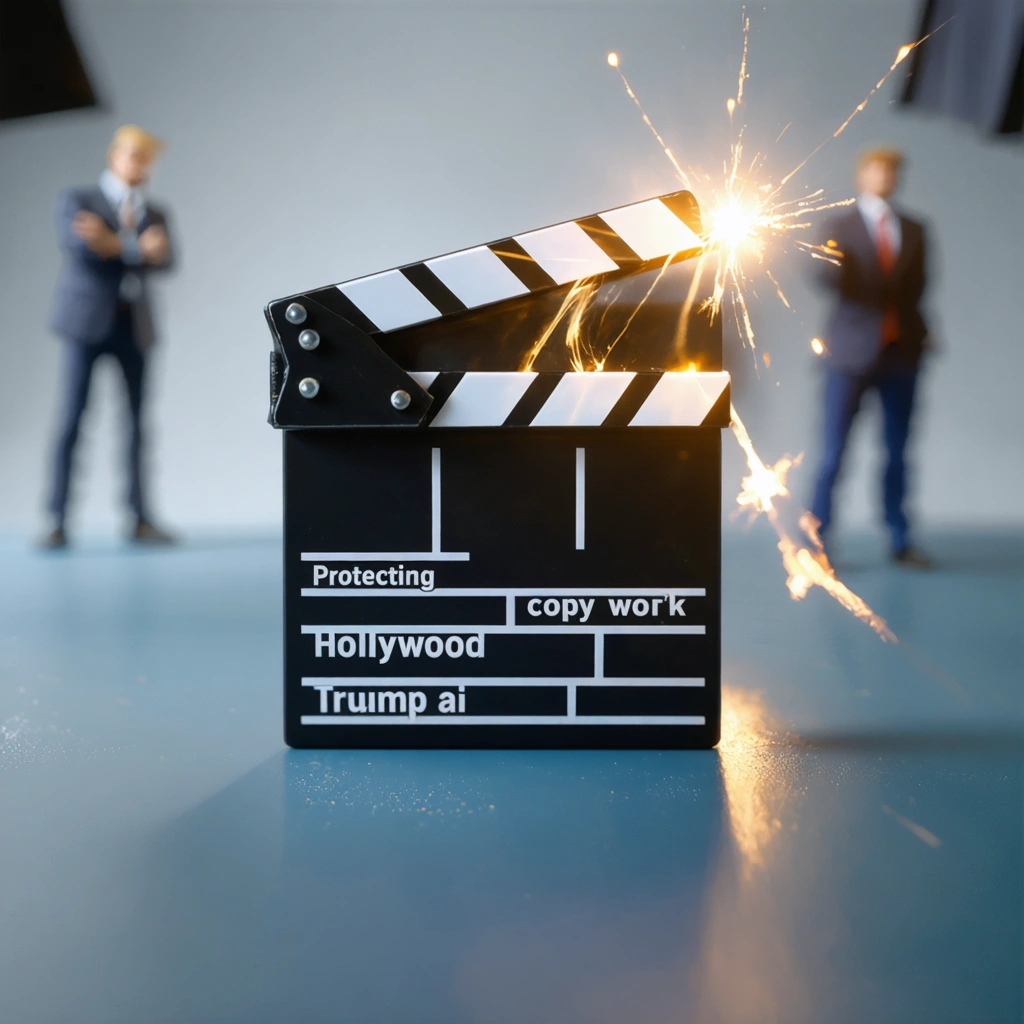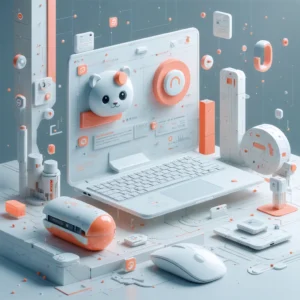
Introduction: The Intersection of Hollywood and AI
In recent years, the rapid evolution of artificial intelligence (AI) has transformed various industries, including entertainment, technology, and law. A pronounced debate has emerged over the use of copyrighted work as training data for AI systems developed by companies like OpenAI and Google. Hollywood, an industry steeped in intellectual property and artistic creativity, is now at the forefront of this discourse. Renowned figures such as Paul McCartney, Cynthia Erivo, and Guillermo del Toro, along with hundreds of other Hollywood stars, have voiced their concerns in an open letter directed to President Trump. This article provides an in-depth analysis of these concerns and examines the broader implications of allowing AI training on copyrighted work.
Celebrity Concerns and Their Industry Impact
Artistic Integrity and Economic Implications
Hollywood celebrities have long relied on the protection of intellectual property to safeguard the art that defines their careers. The use of copyrighted material without due compensation or permission undermines both the value of creative work and the economic stability of creators. Key points encapsulating these concerns include:
- Misappropriation of intellectual content for commercial gain.
- Potential erosion of copyright protection, leading to freely exploitable creative work.
- The danger of homogenized art that diminishes originality and both artistic and consumer diversity.
From a business perspective, the stakes are significant. The use of AI to analyse and replicate distinctive creative elements not only diminishes the exclusivity of intellectual property but also creates an uneven playing field where multinational tech giants may gain dominance over independent creators and smaller studios.
Legal and Regulatory Challenges
One of the primary issues raised by Hollywood figures concerns the legal ambiguities surrounding the use of copyrighted material in training AI models. The current state of copyright law does not sufficiently address the nuances of machine learning and data mining, resulting in:
- Uncertainty about fair use provisions in the digital era.
- Debates on the boundaries of derivative works generated by AI.
- Intellectual property infringements and the potential economic repercussions of unauthorized data usage.
In response, industry professionals have called for clearer regulatory rules and legislative reforms that can bridge the gap between traditional copyright policies and emerging AI technologies. This is not only a matter of safeguarding the creative output but also of ensuring that advancements in technology do not come at the expense of ethical standards and fair compensation.
AI Training on Copyrighted Work: Risks and Opportunities
Data Collection and Model Training
Modern AI systems require access to vast amounts of data to learn and improve. Companies like OpenAI and Google have been at the forefront of collecting and using large datasets, often sourced from publicly available material, including copyrighted work. The core issues include:
- The scale and methods of data collection, which may infringe on the rights of content creators.
- Lack of transparency regarding the origin of training data and regard for proprietary content.
- Rapid technological advancement that outpaces traditional copyright measures.
This situation has spurred debate among tech companies, regulators, and the creative community. Some proponents argue that the cross-pollination of ideas facilitated by AI training on diverse data sources encourages innovation. However, detractors point to a scenario where the economic and creative rights of individuals are compromised, as their work is used without explicit consent or fair compensation. The balance between leveraging AI for progress and protecting intellectual property rights is delicate and requires immediate legislative attention.
Industry Positioning: Hollywood Versus Tech Giants
A comparative assessment of the positions taken by Hollywood and major AI companies reveals a clear dichotomy:
| Aspect | Hollywood Perspective | Tech Industry Perspective |
|---|---|---|
| Copyright Protection | Strong emphasis on safeguarding individual creative rights. | Focus on enabling technological progress and innovation through data sharing. |
| Economic Impact | Concern over loss of revenue and dilution of brand value. | Investment in AI to create new revenue streams and business models. |
| Legal Framework | Advocacy for updated laws that recognize the digital transformation of creative industries. | Preference for broader interpretations of fair use to support AI research and development. |
The divide is further exemplified by the differing priorities: while Hollywood champions the preservation of art and providing rightful compensation to creators, tech firms prioritize the acceleration of AI development, often relying on the assumption that extensive datasets provide a competitive edge that underpins future innovations.
Future Directions and Business Implications
Legislative Reforms and Policy Initiatives
Given the intensifying debate, a multi-stakeholder approach involving governments, legal experts, and industry leaders is essential. Key strategies for addressing these challenges include:
- Legislative Upgrades: Revising copyright laws to accommodate both traditional and digital forms of artistic expression while ensuring creators are duly compensated.
- Transparent Data Practices: Implementing standards for data collection that respect copyright and intellectual property rights. This includes penalties for misuse and data exploitation.
- Collaborative Frameworks: Establishing partnerships between tech companies and creative industries to develop mutually beneficial agreements regarding data sharing and licensing.
These reforms could transform the legal landscape and create a more balanced environment where innovation is not impeded by restrictive practices, and creative artists are protected against unauthorized exploitation.
Business Opportunities Amidst Challenges
While the confrontation between Hollywood and tech giants may seem adversarial, it presents unique business opportunities:
- New Licensing Models: Developing frameworks that allow AI companies to purchase licenses or enter revenue-sharing agreements for using copyrighted material.
- Innovative Collaboration: Encouraging joint ventures between content creators and technology firms to co-develop AI tools that augment creative processes without infringing on artistic rights.
- Enhanced Content Monetization: Leveraging AI to create supplementary content or marketing materials that increase the value and reach of original works, thereby generating additional revenue for content producers.
Such initiatives illustrate that with the right approach, challenges can catalyze positive change and lead to innovative business practices benefiting all stakeholders. The convergence of creative arts and technological advancements is inevitable. As the debate continues, industry leaders must cultivate a robust dialogue that focuses on sustainable development, equitable profit distribution, and the mutual reinforcement of technology and art.
In summary, Hollywood’s call to action against companies training AI models on copyrighted work is a pivotal moment that highlights the intersection of technology, law, and art. The ongoing dialogue between content creators and AI developers underscores both the urgency of legislative reform and the potential for industrial collaboration. As stakeholders navigate this complex landscape, a focus on fair use, transparent data practices, and innovative business models will be crucial in shaping a future where technology enhances rather than exploits artistic integrity.






